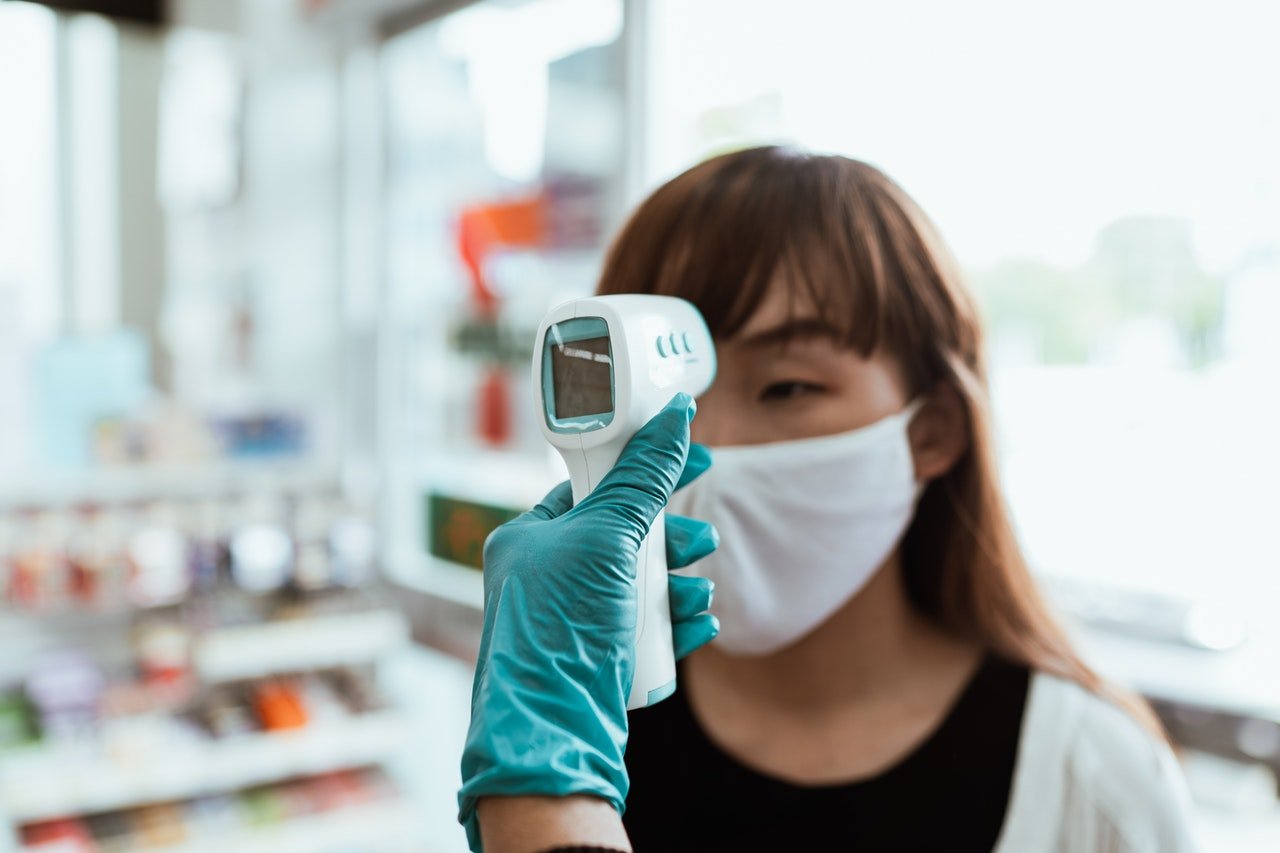Some people’s immune systems contain pre-existing protection against coronavirus, indicating that they have encountered a similar infection to Covid-19 before, according to Dr Aleksandra Walczak, a physicist at École Normale Supérieure in Paris, France.
Her team uses statistical physics to model the human immune system and try and predict how it will behave. She is currently using this work to help understand why people respond to Covid-19 in such different ways.
Instead of studying immune responses to a particular virus or bacteria, you’re the first to look at how the system behaves as a whole over time. Why is this an interesting problem?
We’re trying to understand how a system that doesn’t have any leader – is completely distributed, just many cells talking to each other – manages to change throughout our lives and respond to the many pathogens we encounter.
(The immune system) changes in response to stimulation but it’s a dynamical system that is changing all the time even without stimulation.
(We aim to) separate what is actually a response from random fluctuations in time.
Firstly, how does it respond to stimulation?
We have B cells and T cells that are able to recognise things that are not supposed to be there. They have receptors to do this, so they probe molecules and figure out if they are natural to your body. These cells adapt to your personal history of infections. People say it’s a personal medical record that you can’t lie about.
Each immune cell has many receptors on its surface but they are all of the same kind. If we want to recognise many different pathogens, we need many different cells. This is why we end up with this live repertoire of the order of 1 billion different receptors.
But it’s also changing all the time?
This system rearranges constantly to hedge bets to protect you against the future.
(We are trying to model the constant change) to see whether we can predict future states. We can take your blood and get a list of all the receptors. That’s your personal footprint. I can then look at the distribution of receptors of a given type and try to predict how that is going to change. So far, on time scales of a couple of months, we have an idea now how it will change.
‘Two people with mild COVID-19 infections, who haven’t seen COVID-19 before, have seen something close enough that the cells responding are (from) the memory pool.’
Dr Aleksandra Walczak, École Normale Supérieure, Paris, France
How does physics help you do this?
Statistical mechanics deals with things like gases. If you want to describe the gas in the room you’re not going to follow each molecule one by one but you are going to ask questions like: what is the temperature of this gas? This theory works very well, especially at equilibrium (where there is no net change in the statistical state of the system).
The immune system is like a gas of many cells. However, it is clearly not in equilibrium because it’s constantly evolving, driven by pathogens. If you want to describe a system that is not in equilibrium, it’s hard to do. And that’s where it becomes interesting for physicists to see whether we can describe these collective behaviours of systems that behave in irreversible ways.
People study a lot of other irreversible systems, including in biology. We were one of the first to think consciously about the immune system this way.
How does your work help in the search for effective vaccines?
There are some receptors that (the body finds) relatively easy to produce and some that are really hard. Say you want to devise a vaccine. You want to activate the immune system but you don’t want to have a different treatment for each person. You’d prefer to have a treatment that works for most of us. So you’d like to stimulate a T cell receptor that we’re all going to have, as opposed to one that 1% of the population may have.
If you come up with a list of possible T cells to stimulate with your vaccine, I can tell you (from analysis of immune system repertoires) that if you pick this one, the vaccine will probably work in the majority of the population and if you pick that one you’re really not going to have a great response.
You’re now using your model of the immune system to look at coronavirus immune responses. Have you found common T cells for a vaccine against SARS-CoV-2 to target?
We (found a sequence in two patients that) we suspect may be common to a lot of people.

What else did you find in these two COVID-19 patients?
The other really exciting thing was the existence of pre-existing memory.
After you get an infection, (the appropriate T) cells proliferate. Then, after the infection, they decrease. But there’s this subset which are given a flag which is the equivalent of ‘you’ve gone to war’ and they’re called memory cells. Next time, these cells can jump on the infection much more rapidly.
What we’re seeing in this data is that two people with mild COVID-19 infections, who haven’t seen COVID-19 before, have seen something close enough that the cells responding are (from) the memory pool. They have cells that are ready to protect them from COVID-19.
How could they already be protected against COVID-19?
The short answer is we don’t know. These cells do not correspond to any known cell (raised) against (past) pathogens that is in the databases. Maybe it’s another coronavirus that is not very severe.
But it could be a completely different explanation. There is this concept of cross reactivity: pathogens have antigens (on their surfaces) that can be recognised by many different T cells – and one T cell can recognise many different bad guys. When you get a response it’s not just one thing responding it’s many. Because of cross reactivity you could have, just by luck, that a cell that recognises a very different pathogen also recognises a coronavirus.
COVID is very drastic in this sense that we go from fatal outcomes to people having it with no idea. Could it be that people with mild symptoms have pre-existing protection or could it be that everybody has pre-existing protection but something else happens? We’d like to answer these kinds of questions.
This interview has been edited and condensed for clarity.
The research in this article was funded by the EU’s European Research Council. If you liked this article, please consider sharing it on social media.
Published by Horizon

